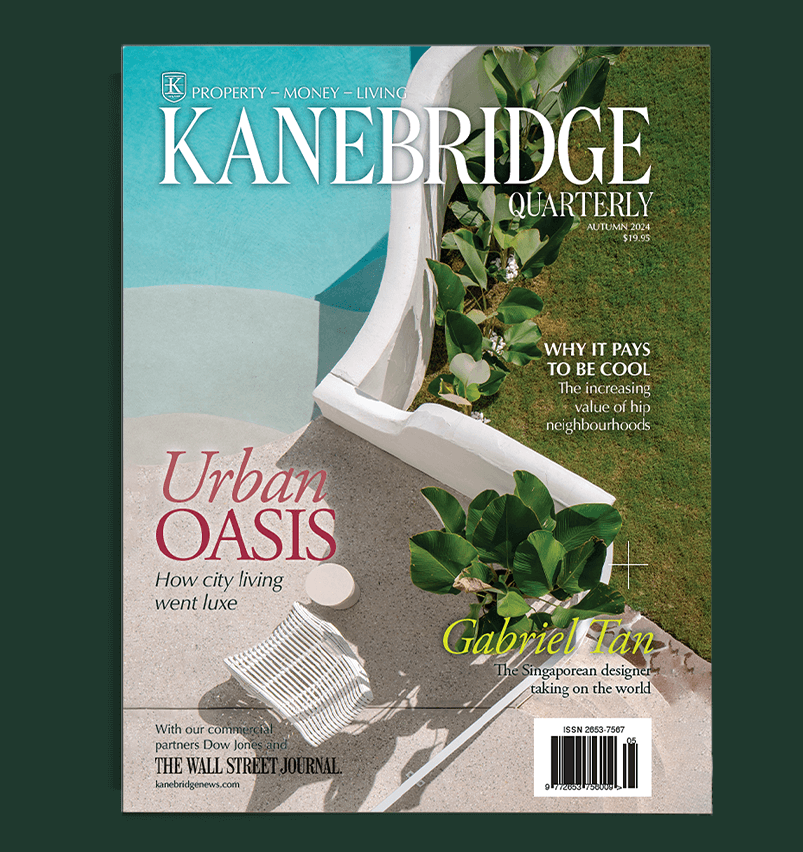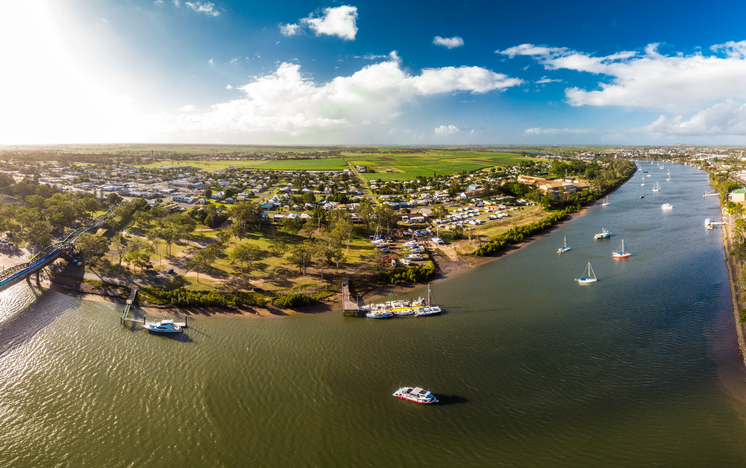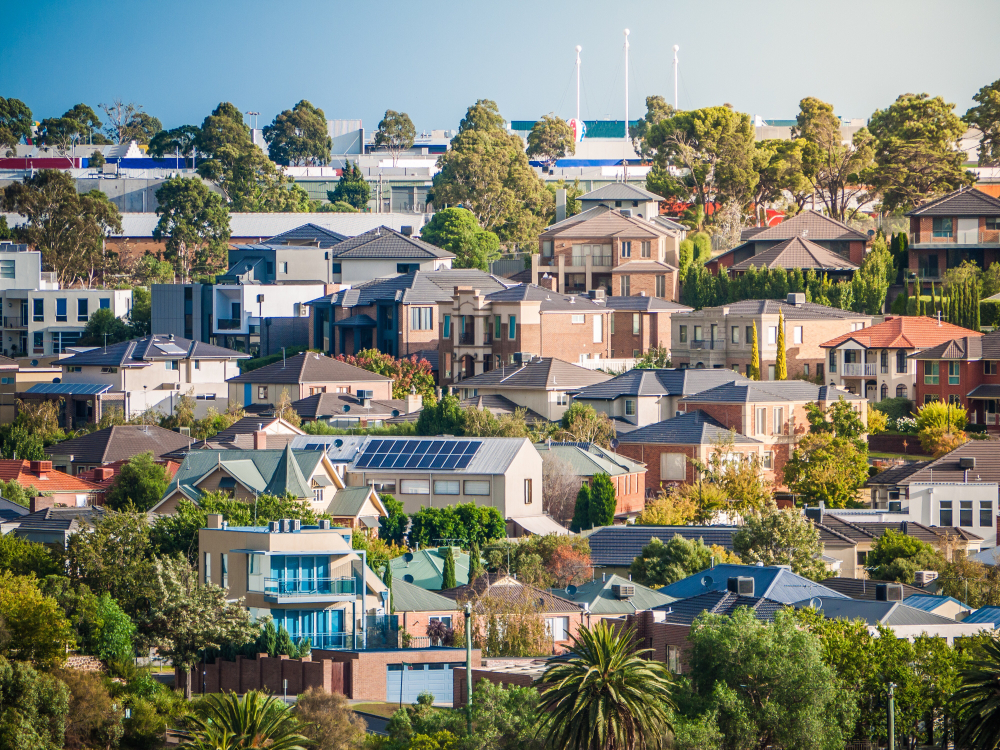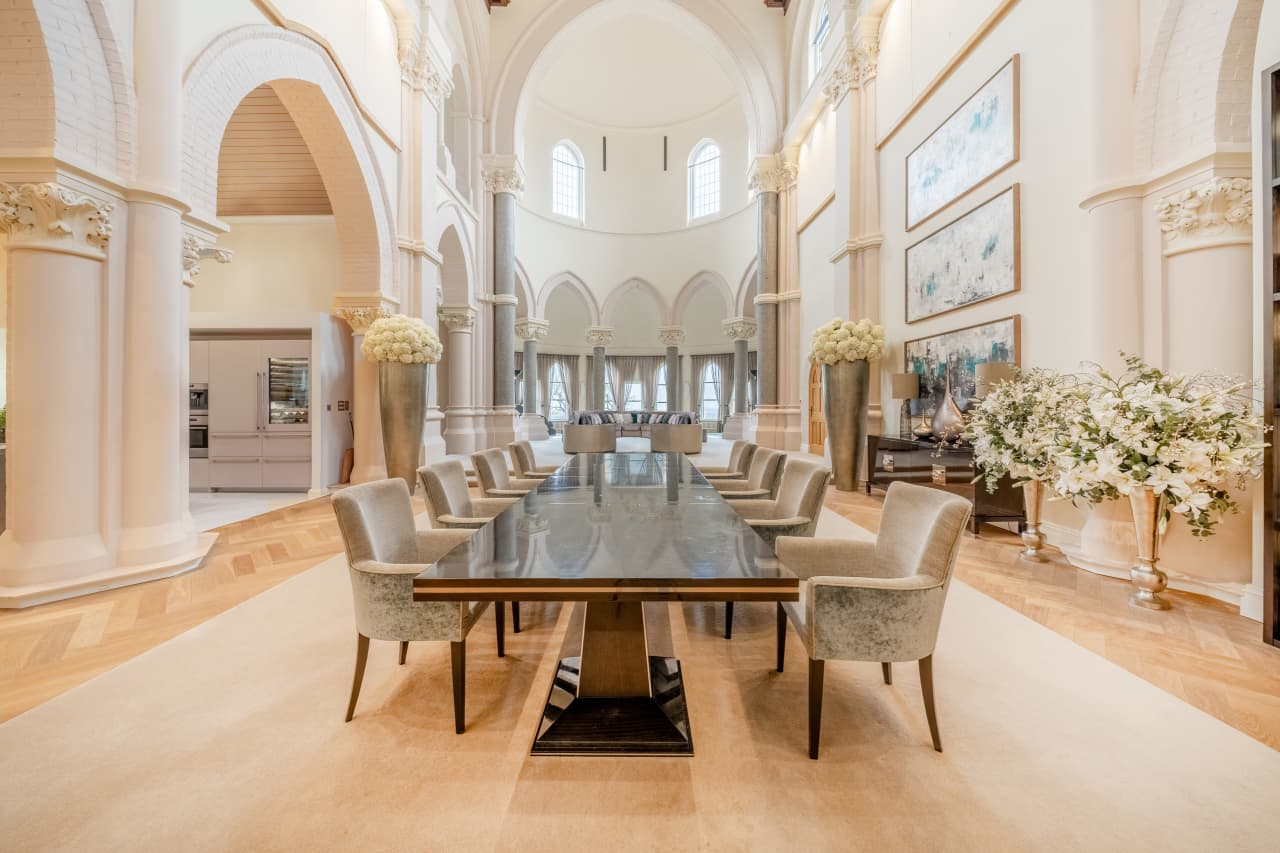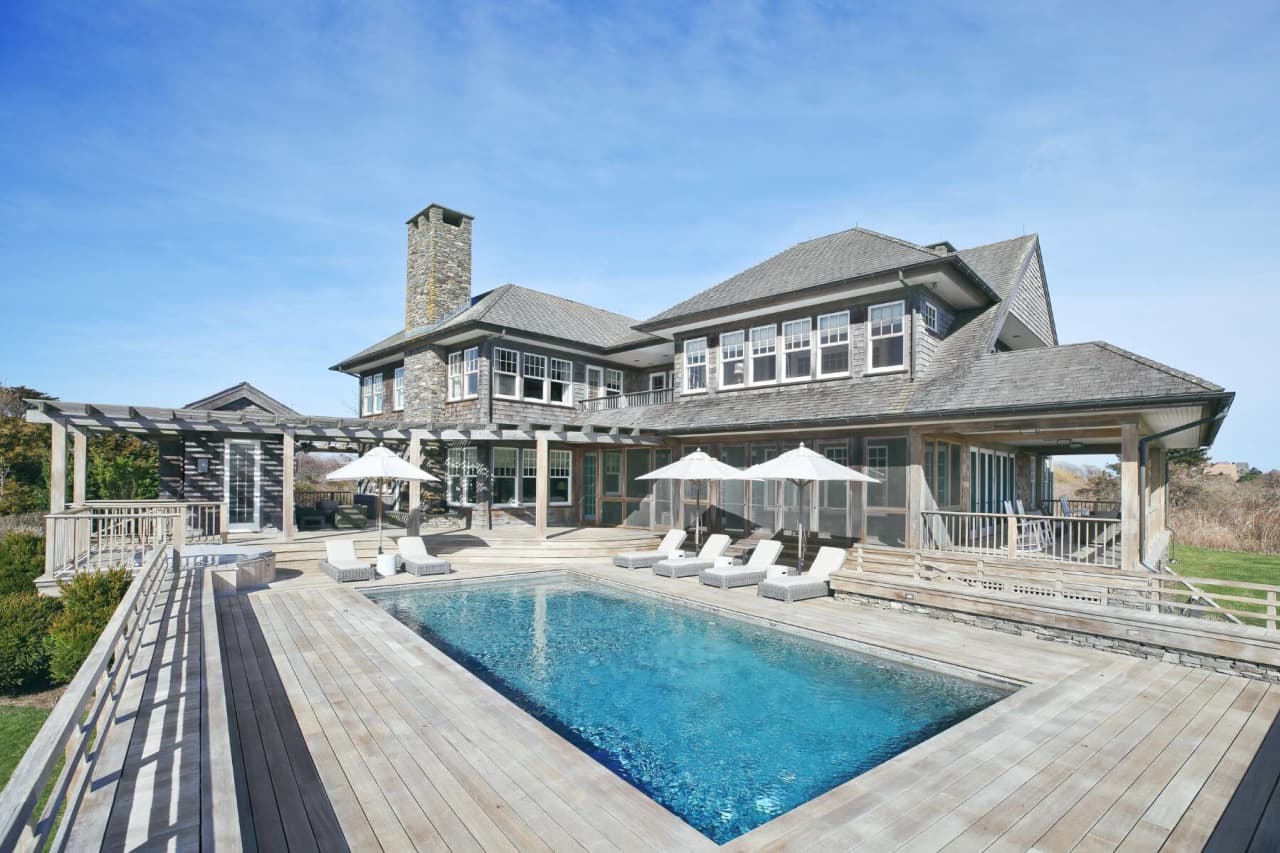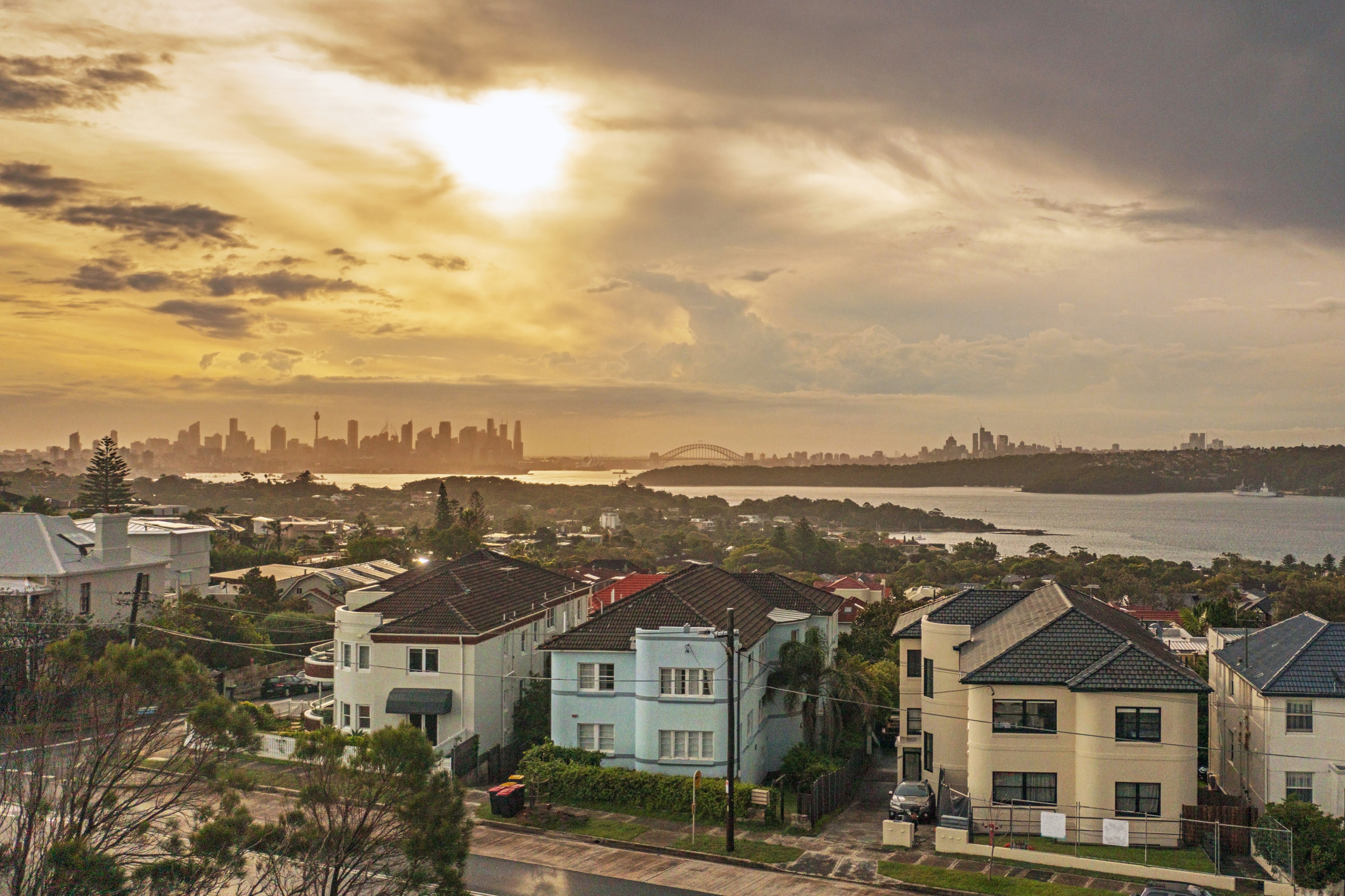THE AFFORDABLE AUSTRALIAN REGIONS BUCKING THE PRICE FALL TREND
More than ever, it pays to tread carefully when choosing an investment property in an uneven market
It’s easy to think that Australian house prices are on a downward spiral, as interest rates edge closer to the 4 percent mark.
And while the nation’s most expensive cities of Sydney, Melbourne and Canberra have experienced drops in values – Sydney is down 10.8 percent since February 2022 – it’s not the same story across the country, said Ray White chief economist Nerida Conisbee.
“Some markets are less sensitive to interest rates. Sydney, Melbourne and Canberra are our most expensive cities and as a result are far more sensitive to the cost of debt,” she said. “Sydney house prices have now fallen by 10.8 per cent from their peak in February 2022. Compare that with Adelaide where the median is half that of Sydney – prices are down only 1.8 percent from the peak.”
It’s a similar result in the resource capitals of Perth and Darwin.
Research by Ray White reveals that some city and regional areas are continuing to increase in value, although it’s very much on a case-by-case basis. Potential regional property investors would do well to tread carefully before purchase.
Parts of Adelaide such as Playford, the Adelaide Hills and Salisbury have seen steady increases in house values over the past year, while in Brisbane, more affordable suburbs such as the Ipswich Hinterland, Beaudesert, Beenleigh and the Caboolture Hinterland have performed well.
The Queensland regional centre of Bundaberg experienced the highest regional growth in house values during the 12 months to January 2023, with median values up from $394,436 to $422,559, or $28,123. Other parts of Queensland, including Cairns north, the Whitsundays and Maryborough also saw values go up.
Some regions of South Australia proved more resilient as well, with house values increasing on the Limestone Coast, in the Murray and Mallee and Kangaroo Island. The Upper Hunter saw the strongest growth in NSW regional house prices, up from $414,034 to $437,108.
“At a small area level, the difference between what’s happening is even more stark,” Ms Conisbee said. “The capital city areas still recording year-on-year increases are all relatively affordable suburbs in Brisbane and Adelaide. Both of these cities recorded net interstate migration during the pandemic. Most people that moved during this time initially rented and a shift from renter to buyer is likely to be in part driving price growth.
“At a regional level, the areas seeing growth tend to be more affordable holiday destinations, as well as towns that are benefiting from strong agricultural and mining conditions.”
This stylish family home combines a classic palette and finishes with a flexible floorplan
Just 55 minutes from Sydney, make this your creative getaway located in the majestic Hawkesbury region.
New research suggests spending 40 percent of household income on loan repayments is the new normal
Requiring more than 30 percent of household income to service a home loan has long been considered the benchmark for ‘housing stress’. Yet research shows it is becoming the new normal. The 2024 ANZ CoreLogic Housing Affordability Report reveals home loans on only 17 percent of homes are ‘serviceable’ if serviceability is limited to 30 percent of the median national household income.
Based on 40 percent of household income, just 37 percent of properties would be serviceable on a mortgage covering 80 percent of the purchase price. ANZ CoreLogic suggest 40 may be the new 30 when it comes to home loan serviceability. “Looking ahead, there is little prospect for the mortgage serviceability indicator to move back into the 30 percent range any time soon,” says the report.
“This is because the cash rate is not expected to be cut until late 2024, and home values have continued to rise, even amid relatively high interest rate settings.” ANZ CoreLogic estimate that home loan rates would have to fall to about 4.7 percent to bring serviceability under 40 percent.
CoreLogic has broken down the actual household income required to service a home loan on a 6.27 percent interest rate for an 80 percent loan based on current median house and unit values in each capital city. As expected, affordability is worst in the most expensive property market, Sydney.
Sydney
Sydney’s median house price is $1,414,229 and the median unit price is $839,344.
Based on 40 percent serviceability, households need a total income of $211,456 to afford a home loan for a house and $125,499 for a unit. The city’s actual median household income is $120,554.
Melbourne
Melbourne’s median house price is $935,049 and the median apartment price is $612,906.
Based on 40 percent serviceability, households need a total income of $139,809 to afford a home loan for a house and $91,642 for a unit. The city’s actual median household income is $110,324.
Brisbane
Brisbane’s median house price is $909,988 and the median unit price is $587,793.
Based on 40 percent serviceability, households need a total income of $136,062 to afford a home loan for a house and $87,887 for a unit. The city’s actual median household income is $107,243.
Adelaide
Adelaide’s median house price is $785,971 and the median apartment price is $504,799.
Based on 40 percent serviceability, households need a total income of $117,519 to afford a home loan for a house and $75,478 for a unit. The city’s actual median household income is $89,806.
Perth
Perth’s median house price is $735,276 and the median unit price is $495,360.
Based on 40 percent serviceability, households need a total income of $109,939 to afford a home loan for a house and $74,066 for a unit. The city’s actual median household income is $108,057.
Hobart
Hobart’s median house price is $692,951 and the median apartment price is $522,258.
Based on 40 percent serviceability, households need a total income of $103,610 to afford a home loan for a house and $78,088 for a unit. The city’s actual median household income is $89,515.
Darwin
Darwin’s median house price is $573,498 and the median unit price is $367,716.
Based on 40 percent serviceability, households need a total income of $85,750 to afford a home loan for a house and $54,981 for a unit. The city’s actual median household income is $126,193.
Canberra
Canberra’s median house price is $964,136 and the median apartment price is $585,057.
Based on 40 percent serviceability, households need a total income of $144,158 to afford a home loan for a house and $87,478 for a unit. The city’s actual median household income is $137,760.
This stylish family home combines a classic palette and finishes with a flexible floorplan
Just 55 minutes from Sydney, make this your creative getaway located in the majestic Hawkesbury region.



